| <<Previous Home | To see images full-size, click on the image | Next>> |

Atenciones a la Vía
LA RECONSTRUCCIÓN y mantenimiento de la vía se llevó a cabo con rápida decisión y deseo de conservar la privilegiada seguridad del transporte ferroviario y posibilitar el aumento de tráfico que de improviso traían los años bélicos.
Las obvias ventajas de mayor duración del equipo, confort y rapidez para el viajero, y seguridad para éste y las mercancías transportadas que acarrean una buena vía, fueron de los primeros objetivos conquistados a un alto costo y esfuerzo inmediato. Entre Julio primero de 1941 y Junio 30, 1951 se renovaron 1,470,292 traviesas con un costo de $3,700,000.00. Sincrónicamente se fueron balastando las líneas con piedra triturada, obtenida de la Cantera de Guáimaro en Palo Seco, cuyos tres grandes molinos producen 1,500 toneladas diarias. Esta producción, y el material rocoso, durante muchos años dieron para el balastamiento de 700 kilómetros de vía con un costo inicial de $ 5,434,000.00.
Otro detalle importante en la reconstrucción vial fué el cambio de railes por unidades de mayor peso en yarda, lo que se logró en 400 kilómetros, donde el tramo de mayor circulación de trenes tiene railes de 115 libras, otros 200 kilómetros tienen de 80 libras y el resto de 75 libras, representando esta labor un gasto de $3,657,000.00También fueron dedicadas importantes sumas al mantenimiento y mejoría de puentes y alcantarillas, habiéndose elevado este renglón en la última década a $1,041,110.00, a lo que hay que agregar, desde luego, la reconstrucción del puente giratorio de acero sobre el Cauto, en las proximidades del Guamo, donde se gastaron más de $250,000.00.
Resultaría prolijo relacionar los lugares en donde se amplió la capacidad de los apartaderos de cruces, chuchos comerciales y donde se instalaron otros nuevos, facilitando el tránsito de trenes, elevado de 49,186 convoyes que circularon por líneas de los Consolidados durante 1941-42 a 72,292 en 1950-51, para acarrear un tonelaje promedio de 322.56 en la década de 1941-51. Lo invertido en construcción, ampliación y mejoramiento de chuchos en dichos 10 años ascendió a $440,682.00.
En evitación de las inundaciones y deslaves frecuentes ocurridos en el tramo de Cristo se construyeron también costosos badenes que han resuelto el problema con adecuados drenajes.
A estas inversiones, trabajos y preocupaciones por dar a Ferrocarriles Consolidados calificaciones superlativas, se debe la axiomática superioridad en el servicio, constatada en el suave deslizamiento de los convoyes, y el seguro cumplimiento de nuestro itinerario; lo que da sólida perspectivas a los importantes transportes de azúcares, fundamento de la prosperidad nacional.
Attending to the Track
THE RECONSTRUCTION and maintenance of the right of way was implemented rapidly. The deciding factors were to preserve the exalted safety of rail transport and to allow for the unforeseen traffic increases during the war years.
The obvious advantages of longer equipment life, comfort and speed for the traveler, and the safe transport of merchandise—realized by good track—were the first of the objectives, conquered quickly at a high cost and hard work. Between July 1st, 1941, and June 30th, 1951, 1,470,292 crossties were replaced at a cost of [US]$3,700,000.00. At the same time the ways were ballasted with crushed stone, obtained from the Guáimaro Quarry in Palo Seco [on the main line 75 km (47 miles) east of Camaguey]. The quarry’s large mills produce 1,500 tons daily. Over the years the ballasting work using this stone improved 700 kilometers (435 miles) of track at an initial cost of $5,434,000.00.
Another important detail of our right of way reconstruction was the change to higher-weight 115 pound rail along 400 kilometers (250 miles) of track along the busiest routes. Another 200 kilometers (175 miles) now have 80 pound rail and the rest 75 pound. This work cost $3,657,000.00. Significant sums were also dedicated to the maintenance and improvement of bridges and culverts. This line item went to $1,041,100.00, to which one must, of course, add another $250,000.00 for the reconstruction of the swinging steel bridge over the Cauto river, near the Guamo.
It would be tiresome to list all the places where passing siding and commercial siding capacity has been increased, and where new ones were installed, facilitating the transit of trains. This increased the freight drags traveling on Consolidated’s lines from 49,186 during 1941-42 to 72,292 in 1950-51; hauling a tonnage averaging 322.56 in the decade ending in 1951. The construction, enlargement, and improvement of switches [and sidings] in these same ten years rose to $440,682.00.
To avoid the frequent flooding and washouts in the Cristo section, we constructed expensive [concrete] ditches that solved the problem of inadequate drainage.
Consolidated Railroads receives high marks for the self-evident superiority of its service, which is the result of these cash investments, hard work and attention to detail. The superior service can be felt in the smooth gliding of our trains on our rails and our dependable timetable performance. The service we provide gives a positive outlook to the all important sugar transport; the foundation of the national prosperity.
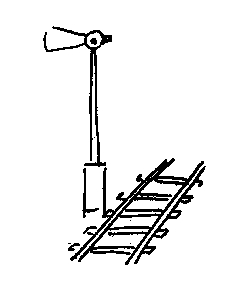

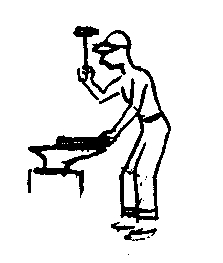
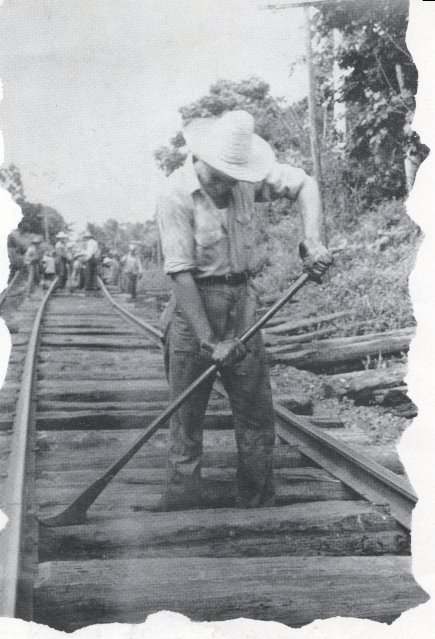
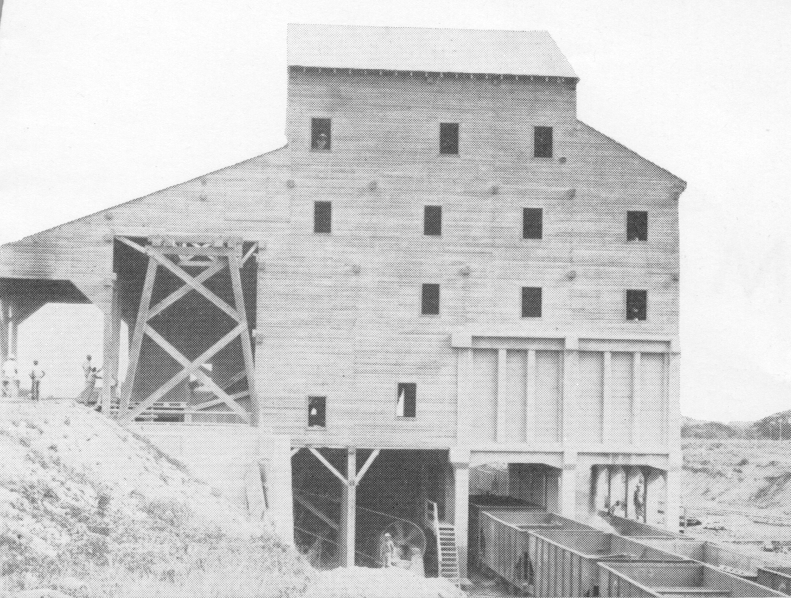

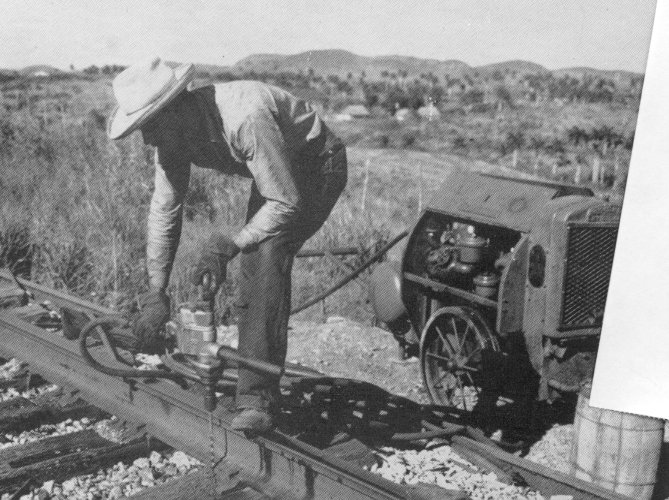
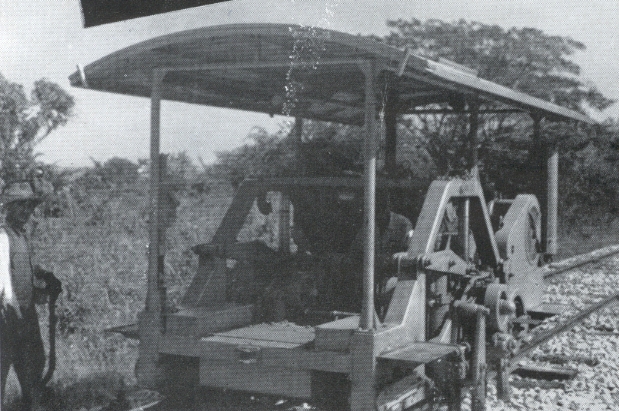
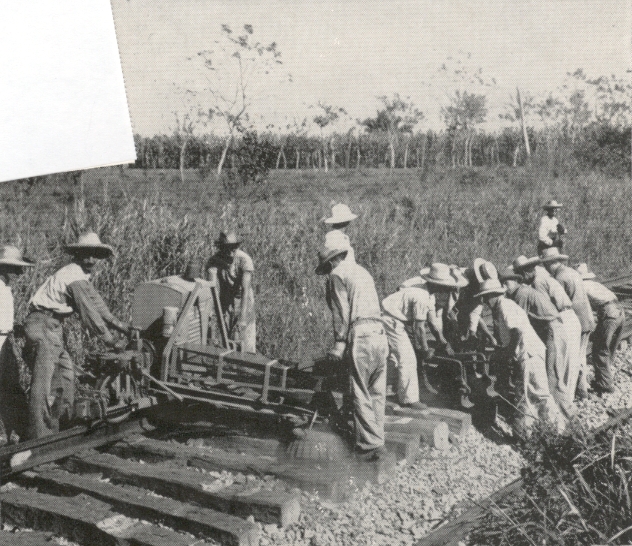
| <<Previous Home | To see images full-size, click on the image | Next>> |
